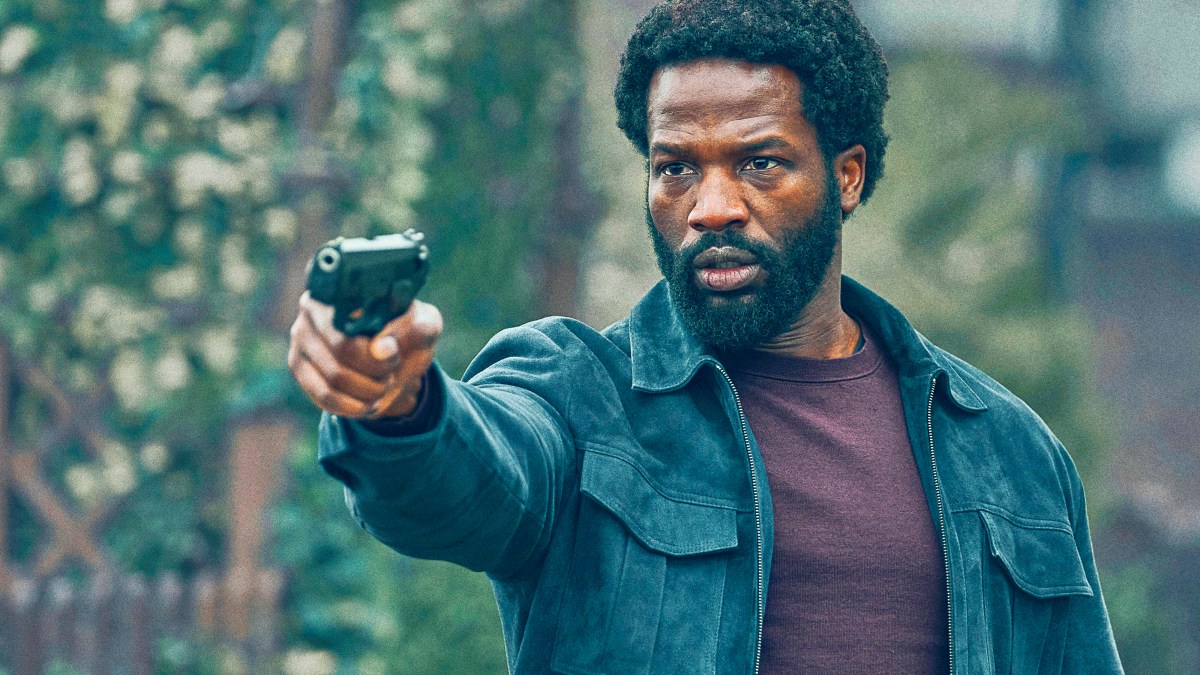Gangs of London's Violence: A Deep Dive into the Show's Brutal Reality
Gangs of London, the critically acclaimed AMC series, isn't for the faint of heart. Its graphic depictions of violence have captivated audiences and sparked intense discussions. But beyond the shock value, the show offers a complex exploration of power, loyalty, and the brutal realities of organized crime. This article delves into the reasons behind the show's intense violence, analyzing its purpose within the narrative and its reflection (or perhaps, exaggeration) of real-world gang conflicts.
Why So Violent? Understanding the Show's Gritty Realism
The violence in Gangs of London isn't gratuitous; it's a crucial element of the storytelling. The show aims to portray the ruthless nature of London's underworld, where power struggles are settled with extreme prejudice. This isn't a sanitized version of gang life; it’s a visceral portrayal designed to:
- Highlight the stakes: The high body count and graphic fight scenes underscore the immense risks and consequences inherent in the criminal underworld. Every action has a severe reaction, maintaining a constant sense of danger.
- Establish character: The way characters react to and inflict violence reveals their personalities, motivations, and allegiances. A character's brutality (or lack thereof) speaks volumes about their position within the power dynamics.
- Drive the plot: Violence is often the catalyst for significant plot developments, pushing the narrative forward and creating unpredictable twists and turns. Betrayals, assassinations, and turf wars are central to the show's momentum.
- Reflect societal issues: While exaggerated, the violence in Gangs of London can be interpreted as a commentary on societal issues such as inequality, poverty, and the failures of law enforcement to fully address gang-related crime.
The Show's Depiction vs. Real-World Gang Violence
It's important to acknowledge that while Gangs of London uses stylized violence, it draws inspiration from the complex realities of gang activity in London and other major cities. While the level of explicit violence in the show is undoubtedly heightened for dramatic effect, it reflects the inherent danger and brutality associated with such criminal organizations.
However, it's crucial to distinguish between the fictional portrayal and the real-world situation. While gang violence is a serious issue, the level of violence depicted in the show should not be considered representative of daily life in London.
The Impact of Violence on Viewers and Critics
The graphic nature of the violence has generated considerable discussion amongst viewers and critics. Some praise the show's unflinching realism, arguing that it effectively conveys the harsh realities of gang life. Others criticize the excessive violence, deeming it gratuitous and potentially harmful.
This debate highlights the ethical considerations surrounding the portrayal of violence in entertainment and its potential impact on audiences.
Beyond the Bloodshed: Exploring Deeper Themes
While the violence is undeniably prominent, it's crucial to recognize that Gangs of London explores themes beyond the brutality:
- Family and Loyalty: Complex family dynamics and shifting loyalties are central to many characters' motivations.
- Power and Corruption: The show delves into the corrupting influence of power and the lengths people will go to maintain it.
- Cultural Identity: The series touches upon themes of cultural identity and the clash of different ethnic groups within the city's criminal landscape.
Ultimately, Gangs of London uses violence as a tool to explore complex themes and characters within a compelling narrative. While the level of violence is high, understanding its purpose within the show's larger context allows for a more nuanced appreciation of its impact.
Call to Action: Have you watched Gangs of London? Share your thoughts on the show's portrayal of violence in the comments below. Let's discuss the show's strengths and weaknesses regarding its depiction of this complex subject matter.
